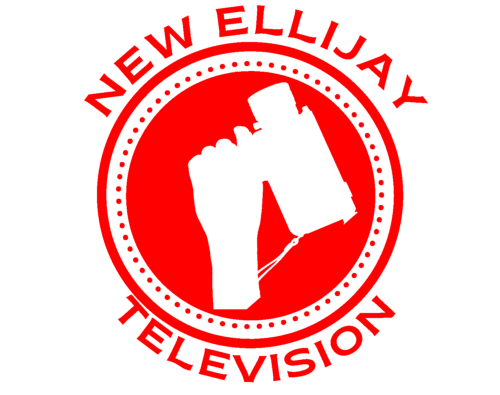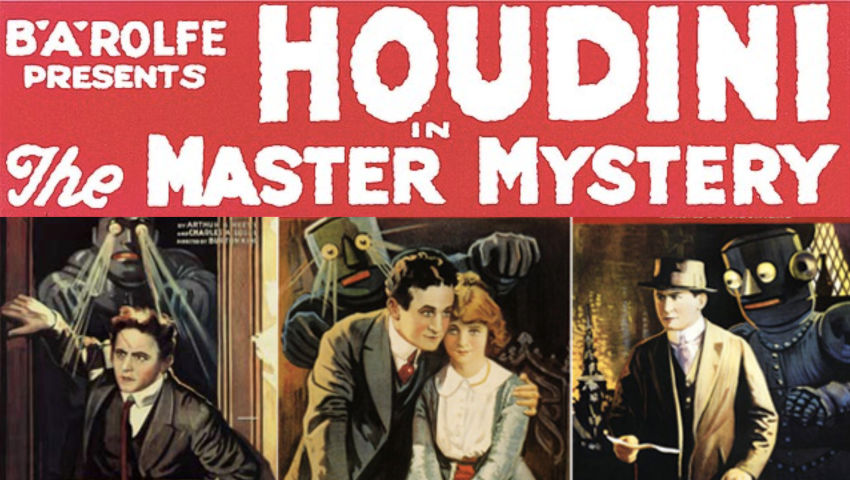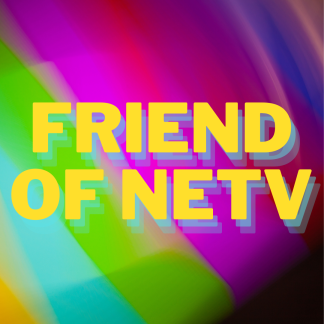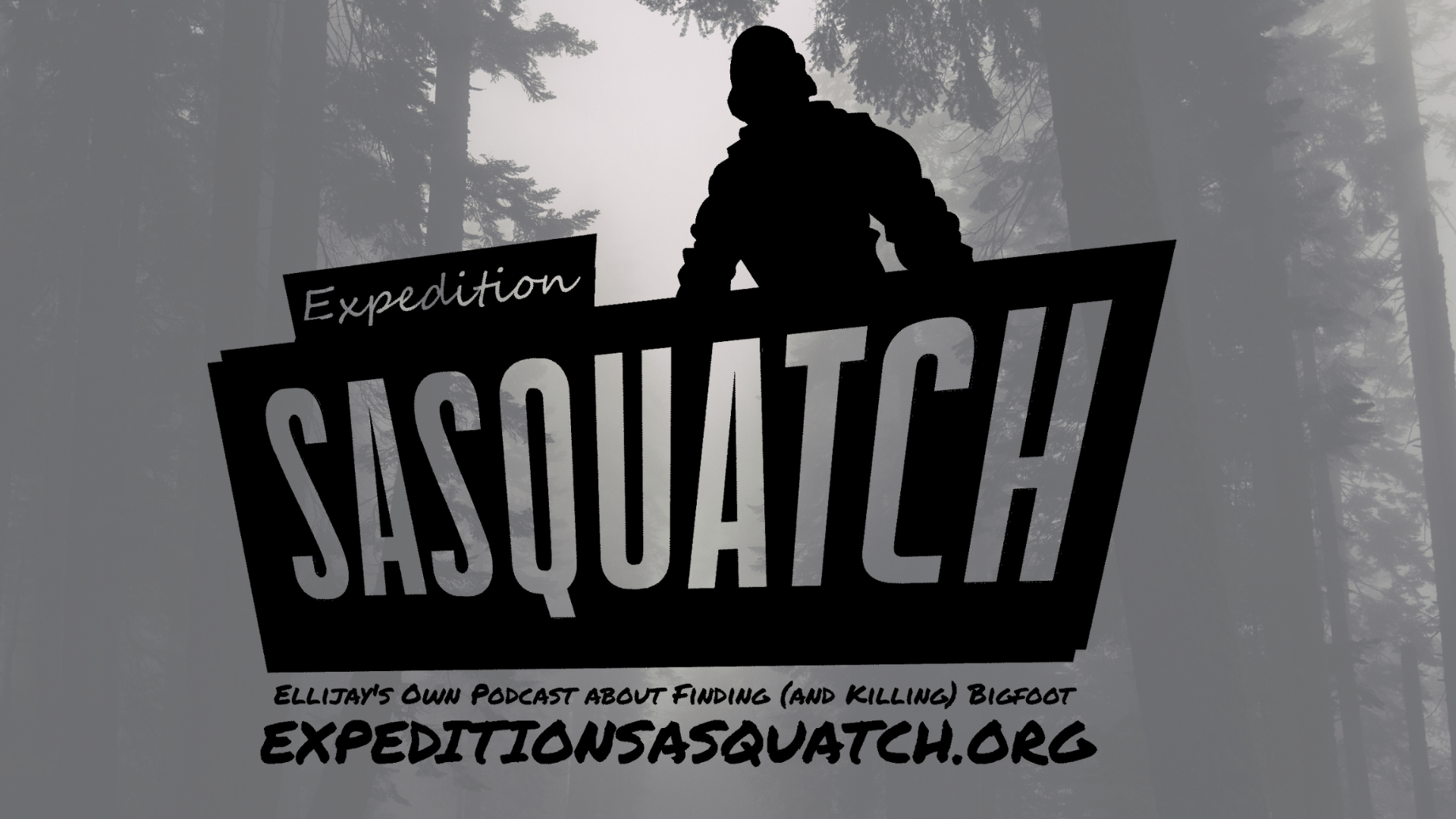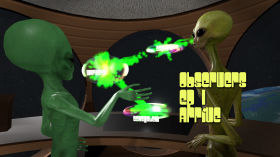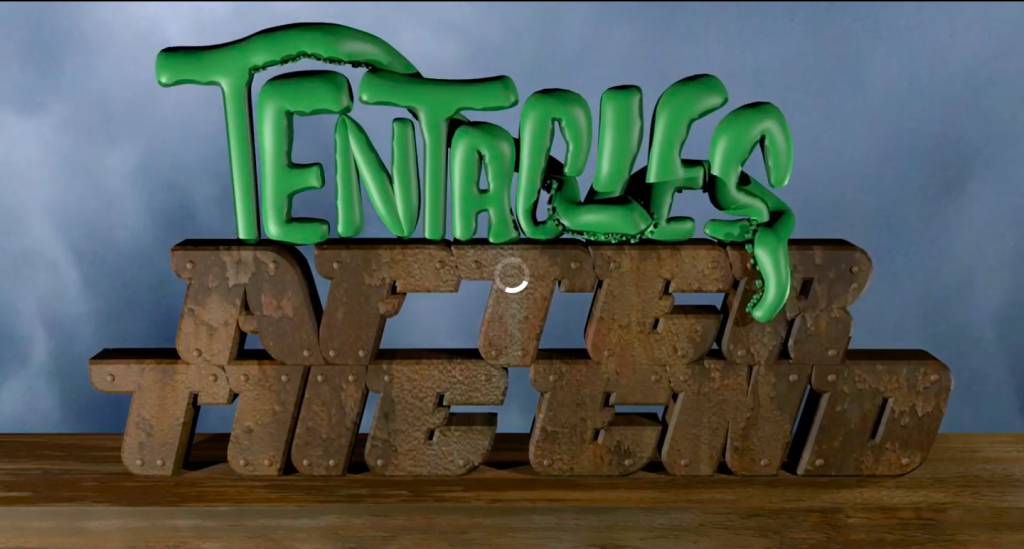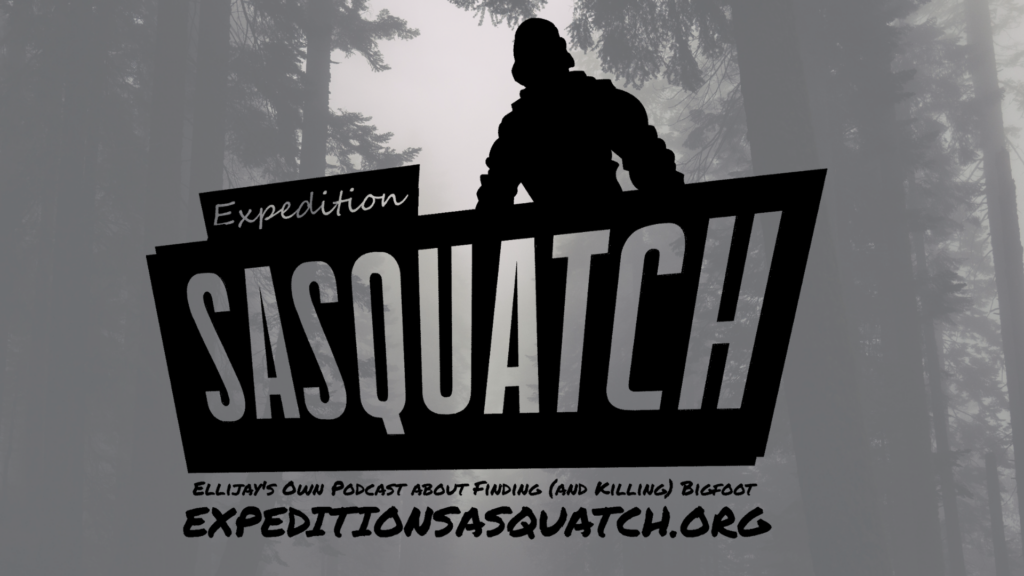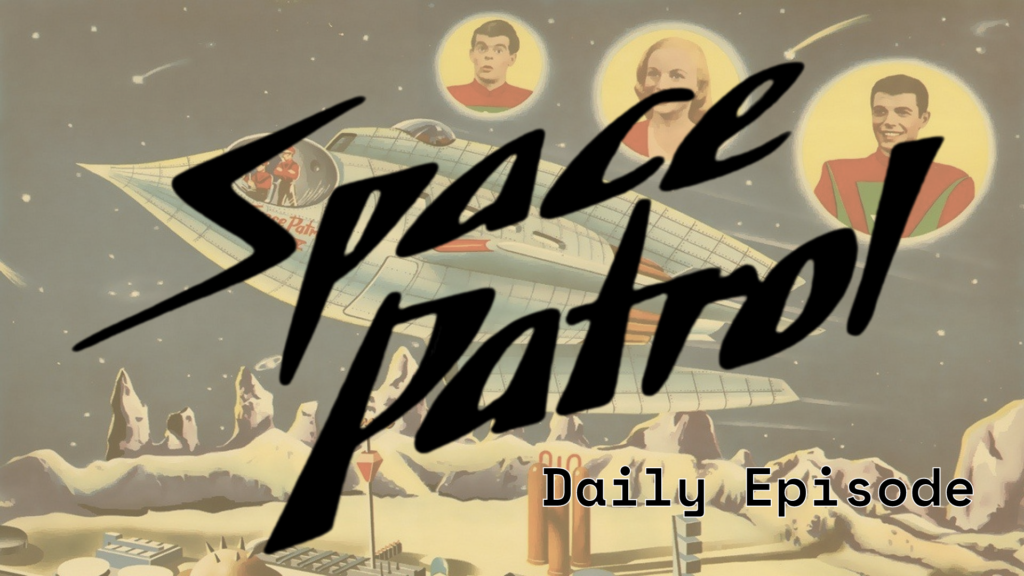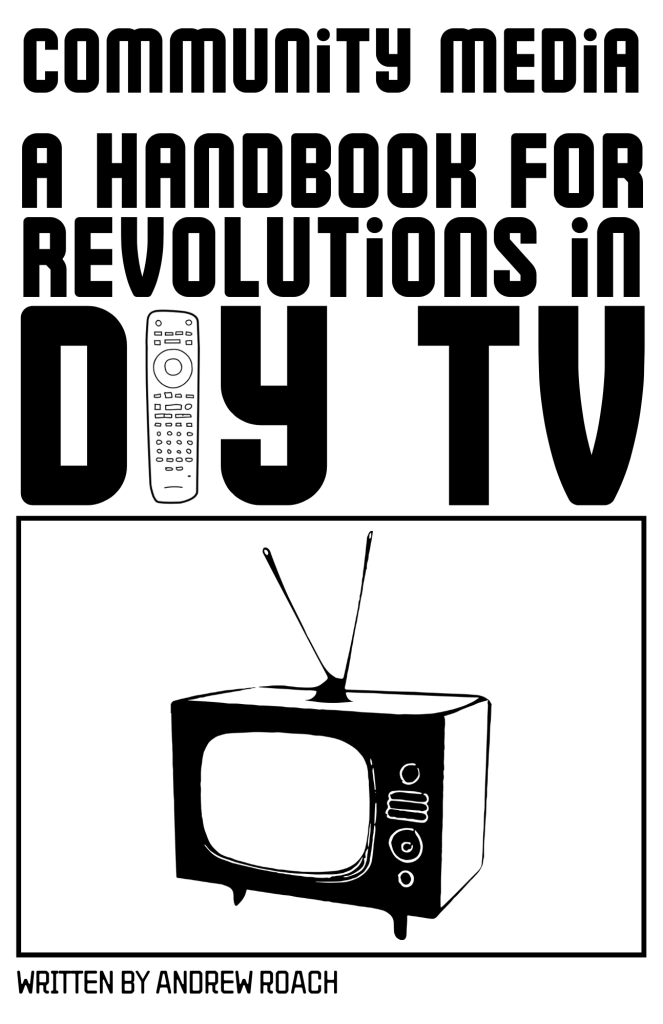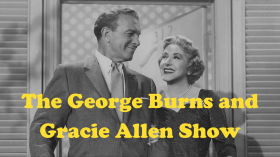
While the focus of New Ellijay TV is local-first, a quick glance through the on-demand library will show you that’s not all there is to see. You can also stream dozens of films such as Vincent Price’s classic House on Haunted Hill or cartoons like Popeye The Sailor Meets Sinbad The Sailor through the NETV archives channel, with more added all the time.
At first, it might seem odd to spend so much time archiving and uploading these classics. But, as you’ll see below, cataloging and restoring archival TV is an important process that could help preserve entertainment for generations. Here are just a few reasons why it’s such an important task.
It’s easier and more profitable for media companies to let these old properties fly off into the sunset to live in obscurity instead of dedicating labor and resources to preservation.
When this happens, one of three things occurs:
Realistically, the property will live on a site like Archive.org and fade away. While Archive.org is a fantastic resource, it doesn’t offer much in terms of discoverability due to how vast the website truly is.
In other cases, companies may put together barebones DVD compilations, with few to no extras. This might seem better than the first option, but frankly, the quality of these compilations are often so lackluster that you’re better off skipping them.
The third option is for a media company to take the time and effort re-release, upscale, or remaster their properties for modern audiences. While remastering takes the most time, it’s ultimately the most important, as it’s the only scenario in which the media is preserved in a digital format.
To make an already complicated job even tougher, most productions would simultaneously film and preserve footage through kinescope recording, which involved filming the live broadcast on a monitor and transposing that footage onto a tape reel.
If you’ve ever wondered why a lot of old shows look grainy, it’s because the kinescope process, while effective, didn’t offer much in terms of image quality, so the footage that we do have from this era often needs a lot of love.
Historical Value
Many of these old shows and movies have had a major influence on today’s entertainment.
The George Burns and Gracie Allen Show, for instance, was one of TV’s earliest sitcoms, and without it, you can pretty much forget about shows like The Simpsons or Modern Family. In fact, it was one of the very first shows to break the fourth wall and acknowledge the audience, something sitcoms have cribbed from ever since.
Many of the projects NETV focuses on come from an interesting point in history, too, as they’re from an era where producers were trying whatever they could to translate radio plays to a visual medium.
They represent a weird era of entertainment where companies would just try anything to see what would stick. It was a period of experimentation, where you’d always find someone trying something odd yet ingenious.
If it weren’t for the type of experimentation creators were doing, today’s media landscape would look completely different, and it’s important to honor that work.
Relevance
At the end of the day, it doesn’t matter how old a piece of media is. If it’s interesting and entertaining, it’s often worth preserving.
While these classics might stream in black and white and the footage might be a little grainy, a good story is a good story.
It’d be easy to thumb your nose at something like Space Patrol because of how “old” it looks. But you’d be missing out on some fantastic stories that hold up surprisingly well today.
When push comes to shove, a good story is a good story, regardless of when and how it was first told.
Champion Archival TV With Us
Archival TV is important, and without the right love and care, most of these old shows and movies will sit in a dusty warehouse somewhere, likely damaged by the passage of time. That’s not fair to audiences who deserve to see these fun, campy, and often surprisingly progressive pieces of art.
All of our archival TV and movies are free to watch, so find your next favorite or just relive a classic in a brand-new way. If archival TV isn’t your thing, don’t worry, we have plenty of original content too, with more developed and released all the time!
If you’d rather get involved and make your own show, get in touch and let us know what you’re hoping to do! We’re looking to work with creators from all backgrounds.
